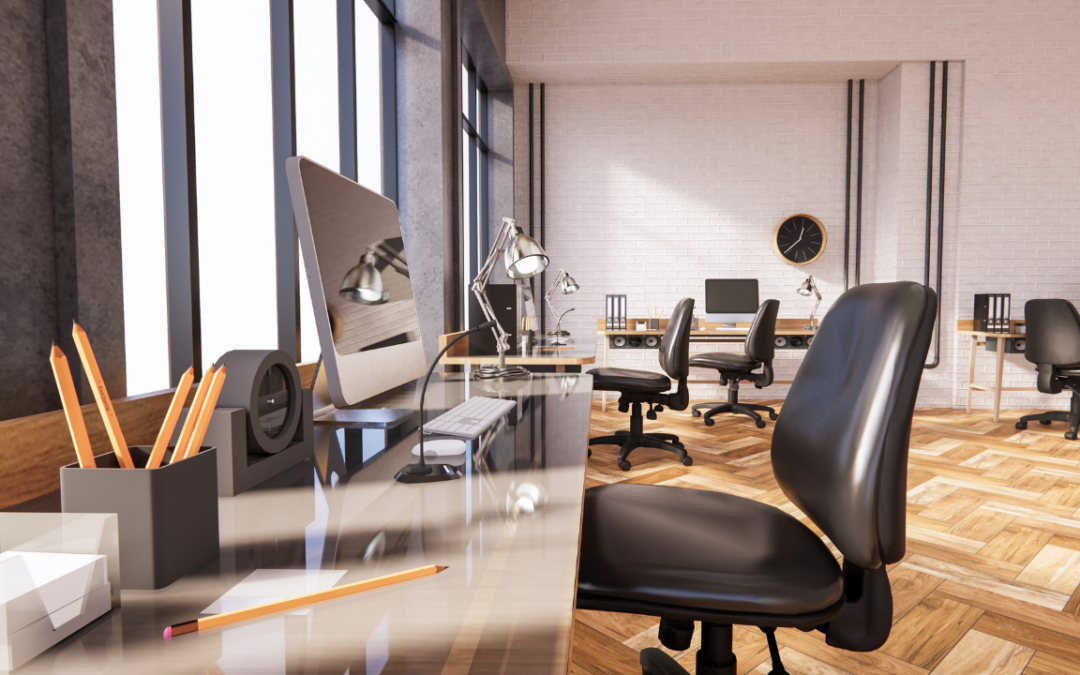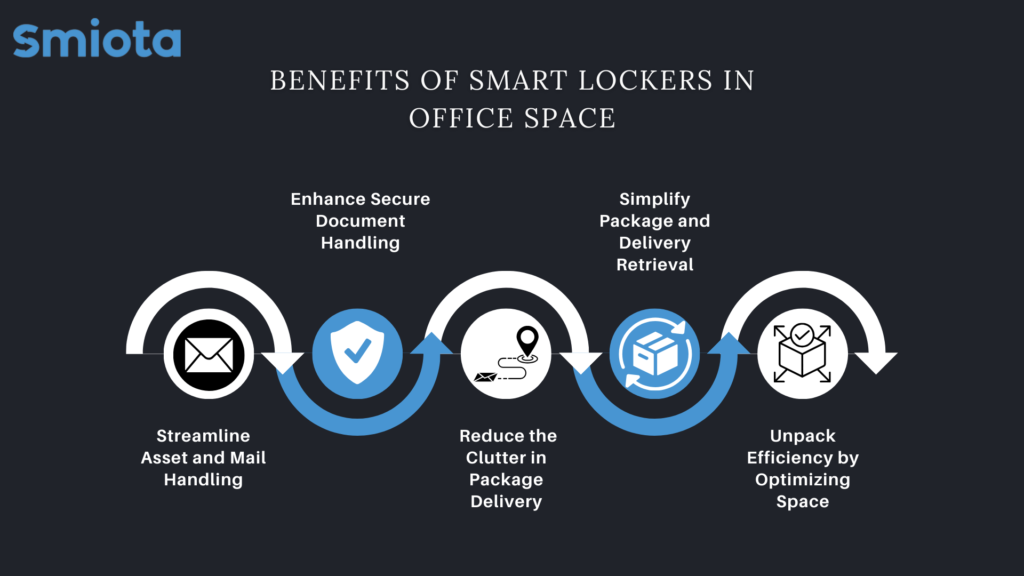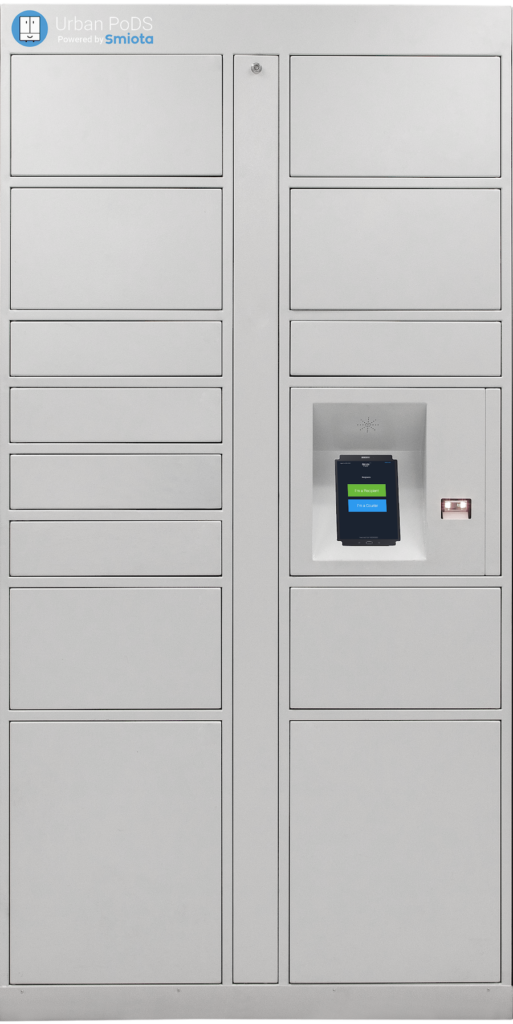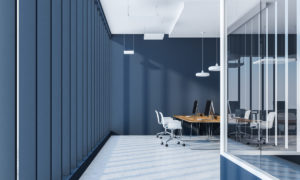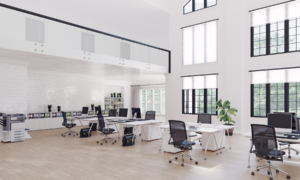To stay relevant within the changing dynamics of the modern workplace, organizations today have begun to prioritize adaptability, employee well-being, and operational excellence. Effective office space utilization is directly linked to higher levels of organizational efficiency and employee productivity.
Think about it – every square foot of your office holds potential, kind of like a puzzle waiting to be solved. Getting it right can lead to incredible benefits. For the modern workforce of today, fancy amenities, food, and fun are no longer great draws to drive employee productivity or organizational efficiency. Effective office space utilization is.
A 2019 survey by Gensler shows that a well-designed office can increase workplace productivity by up to 20%.
Therefore, businesses can put themselves at a competitive advantage if they carefully optimize their office space, fostering employee well-being and enhancing operational efficiency.
However, effective office space utilization is not merely about optimizing physical space; it’s about strategically designing and managing areas to enhance employee productivity, drive collaboration, and streamline operations.
At the heart of this transformation is innovative solutions like Smiota’s smart lockers. They redefine the way organizations utilize common spaces, particularly in areas such as mailrooms and package management zones. By replacing traditional storage methods with smart lockers, businesses are poised to unlock new levels of efficiency and productivity.
Effective Office Space Utilization – What Does it Entail?
By definition, office space utilization refers to the effective and efficient use of physical workspace within an organization. It involves analyzing how space is allocated and used to ensure that it meets the needs of the business and its employees, optimizing for productivity, cost-effectiveness, and employee satisfaction.
Optimizing office space requires strategic planning across various dimensions, including the type of organization, layout and design, equipment needs, and understanding of usage patterns.
Storage areas such as mailrooms particularly require careful consideration of equipment for sorting and distribution, ensuring they meet the evolving needs of the organization. It is important to recognize when and how each space is most frequently used, allowing for adjustments to layout and scheduling to avoid congestion and maximize efficiency.
Areas that come under office space include:
- Workstations and Desks: The primary areas range from individual cubicles to open-plan desks and flexible hot-desking areas for employees who do not need a permanent spot.
- Meeting Rooms and Conference Areas: Spaces designated for team meetings, client presentations, and video conferences.
- Common Areas and Break Rooms: These are spaces designed for employees to relax, take breaks, and for watercooler conversations.
- Technology and Infrastructure Rooms: Dedicated spaces for servers, network equipment, and other technological infrastructure that supports the organization’s operations.
- Mailroom/Package Management Areas: Although often overlooked, they comprise a critical component of office space. These designated areas are responsible for handling incoming and outgoing mail and packages, ensuring they are securely stored and distributed to the right people.
Effective management of office space involves leveraging the right mix of technology and innovation to maximize office space utilization and enhance employee experiences. For instance, integrating smart lockers in the mailroom/package management area can streamline the handling and distribution of mail and packages, reducing clutter and improving security and accessibility.
Why Does Office Space Utilization Matter?
Efficient office space utilization directly translates to cost savings. Here is how.
By optimizing office space layout, organizations are not just creating a great environment; they are also ensuring they are not paying for unused or underutilized space. In a way, it’s like finding extra money in their budget to invest back into their teams or for technology upgrades. In this regard, integrating solutions like Smiota’s smart lockers can transform underutilized corners into secure, versatile areas for package and mail management, making every inch count.
Getting office space utilization wrong or not putting much thought into it can probably set up an organization for failure. It’s a no-brainer that crowded spaces can stifle productivity, while underused areas bleed resources. The key lies in finding that sweet spot where every area serves a purpose, and advanced technology solutions like smart lockers come into play in order to achieve the balance.
How Can Smart Lockers Maximize Office Space Utilization?
Let’s explore the role smart lockers play in revolutionizing office space utilization by offering versatile, efficient solutions for managing mailroom areas and beyond. Here are five tangible use cases that highlight their effectiveness in maximizing office space utilization.
1. Streamline Asset and Mail Handling
A critical operational aspect of an office layout is in its mailroom spaces. Smart lockers in mailrooms play a crucial role in transforming the way mail and assets are managed. By significantly reducing the time IT managers and employees spend on tracking and distributing mail and equipment, smart lockers ensure that items are not only securely stored but also readily accessible. This ease of access eliminates the need for extensive coordination, allowing for a smoother, more efficient workflow. Tracking deliveries and managing vendor interactions become effortless with smart locker systems. The ability to monitor package movements provides transparency and accountability, particularly crucial for high-value or sensitive items. Moreover, the system simplifies the process for vendors and couriers, enabling secure and verified drop-offs and pickups without the need for direct oversight.
2. Enhance Secure Document Handling
In industries where sensitive documents are frequently exchanged, smart lockers provide a secure and trackable method for document delivery and storage. This use case is particularly relevant in legal, financial, and healthcare sectors. By using smart lockers for document handling, offices can reduce the need for large, dedicated storage areas and secure rooms, thus optimizing office space for more critical functions.
3. Reduce the Clutter in Package Delivery
Smart lockers streamline the handling of these deliveries by providing a secure location for packages until employees can pick them up. This system reduces clutter in the mailroom and ensures that the area remains organized and efficient, freeing up space and resources that can be used for other purposes.
4. Simplify Package and Delivery Retrieval
Gone are the days of missed deliveries and waiting around for packages. With smart lockers, employees are instantly notified and can pick up their deliveries at their convenience, without any wait time. This hassle-free process not only enhances productivity but also contributes to a more streamlined mailroom operation, freeing up valuable space and resources.
5. Unpack Efficiency by Optimizing Space
Traditional mailroom setups often lead to inefficiencies, with parcels and assets taking up precious space. Smiota’s smart locker solutions address this challenge head-on by enabling multiple employees to use the same locker unit when available. This dynamic approach to locker allocation drastically reduces the need for a vast number of lockers, thereby minimizing the physical and financial footprint of mailroom operations.
Smiota’s Smart Lockers for Office Space Utilization – A Feature-Rich & Benefit-Laden Solution
Smiota’s smart lockers are significantly improving the dynamics of office space utilization and office operations. Let’s look at some of their highlights, and how they help optimize mailroom operations, and in turn overall office space utilization.
- Real-Time Occupancy and Vacancy Status: Smiota’s smart lockers are built to provide real-time information on which lockers are occupied and which are available. This feature is enabled through sophisticated sensors and software that monitor locker usage. This immediate visibility helps prevent bottlenecks during peak package delivery times and optimizes the user experience by reducing wait times for locker assignments.
- Instant Notifications: The integration of a mailroom app within the Smiota ecosystem facilitates immediate communication with employees upon the arrival of their packages. This prompt notification system ensures quick retrieval, which, in turn, minimizes the time packages occupy locker space, thereby optimizing locker usage.
- Analytics and reporting: In addition to the hardware solution, Smiota also offers detailed analytics and reporting for administrators to get a complete view of the packages exchanged.
The Bottomline
As we unpack the advantages of effective office space utilization, it is becoming increasingly clear that smart lockers are handy tools that go beyond offering basic storage – they double down as strategic tools in enhancing mailroom efficiency and supporting various facets of office space management.
In an era where technology dictates the way we operate, Smiota’s smart lockers provide value as the intersection of innovation and security, addressing contemporary office space challenges. Say yes to a straightforward solution that makes a big difference to the dynamics of office space utilization. Get in touch with us today to transform your office space.

